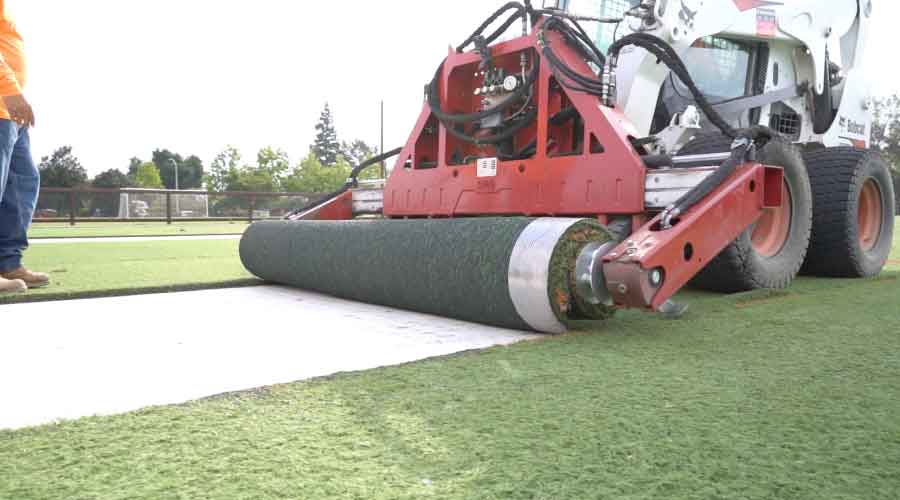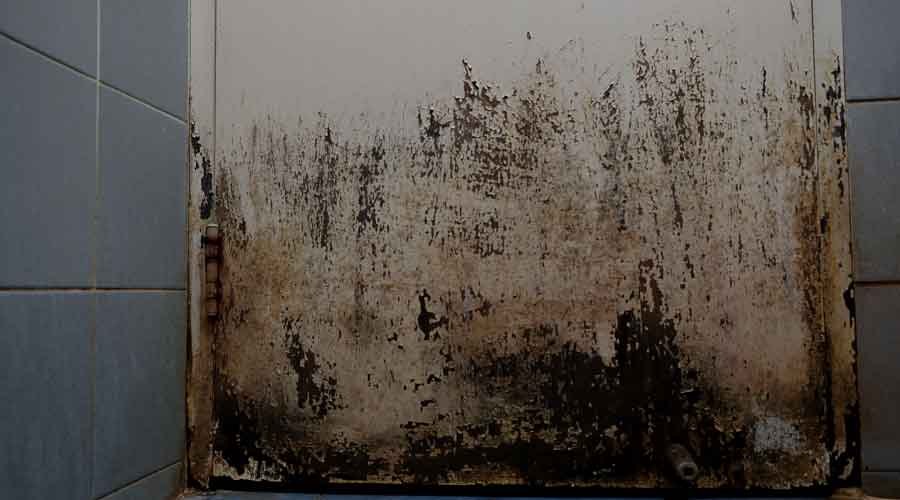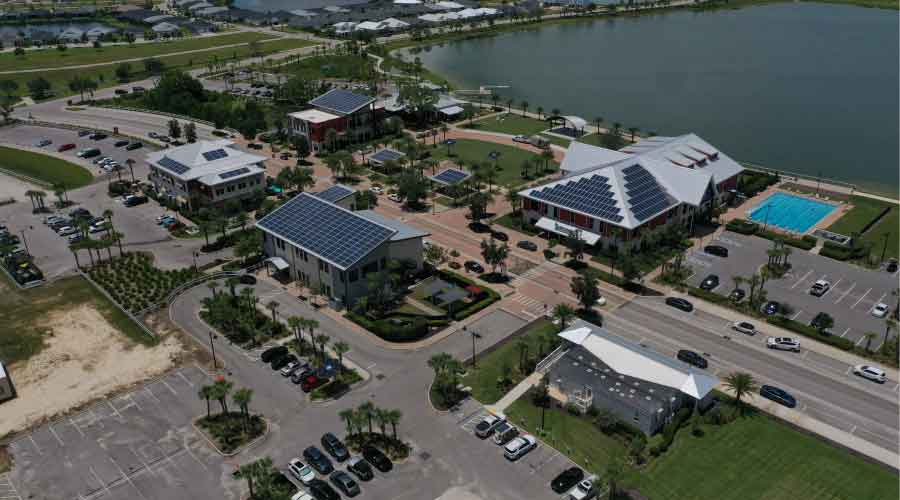
Synthetic Turf Recycling Program Launched
TenCate Grass announces start of program that will convert aged fields for other uses. October 17, 2022
By Dave Lubach, Managing Editor
By installing synthetic athletic turf at school districts, universities and municipal parks, grounds managers can experience real savings in terms of labor for maintenance while conserving millions of gallons of water required to keep the grass on the fields growing.
But every synthetic field faces an end-of-life moment where it’s no longer functional and requires disposal. Through an innovative program developed by a synthetic turf company and other partners, a plan has been developed to recycle artificial turf for other uses.
TenCate Grass, which manufactures, distributes and installs synthetic turf, is leading a program to recycle used fields. The program, known as TenCate Turf Recycling Solutions, will process 50 aged field turfs from high schools and campuses and ship them to a facility in Southern California to be shredded.
After shredding in California, the turf is delivered to Texas, where the turf is further broken down into raw materials that can be used to make new products.
TenCate previously teamed up with ExxonMobil and Cyclyx in the Netherlands to recycle end-of-life turf into an elastic layer in sports fields as well as other products.
The popularity of synthetic turf has risen in North America. According to the Synthetic Turf Council, the total value of installed synthetic turf systems was estimated at $2.7 billion in 2020. The total accounts for about $265 million square feet of installed turf.
Grounds managers can benefit from installing synthetic turf in their facilities in a number of ways.
Depending on the region, a typical grass sports field requires between 500,000 to a million gallons of water or more each year, according to the Synthetic Turf Council.
Since synthetic turf does not need to be watered or mowed, managers can reduce maintenance costs and emissions released into the atmosphere from mowing. By reducing the need for fertilization, managers can contribute to the elimination of nearly a billion pounds of pesticides, fungicides and herbicides needed for grass care
Dave Lubach is managing editor for the Facility Market.
Next
Read next on FacilitiesNet












